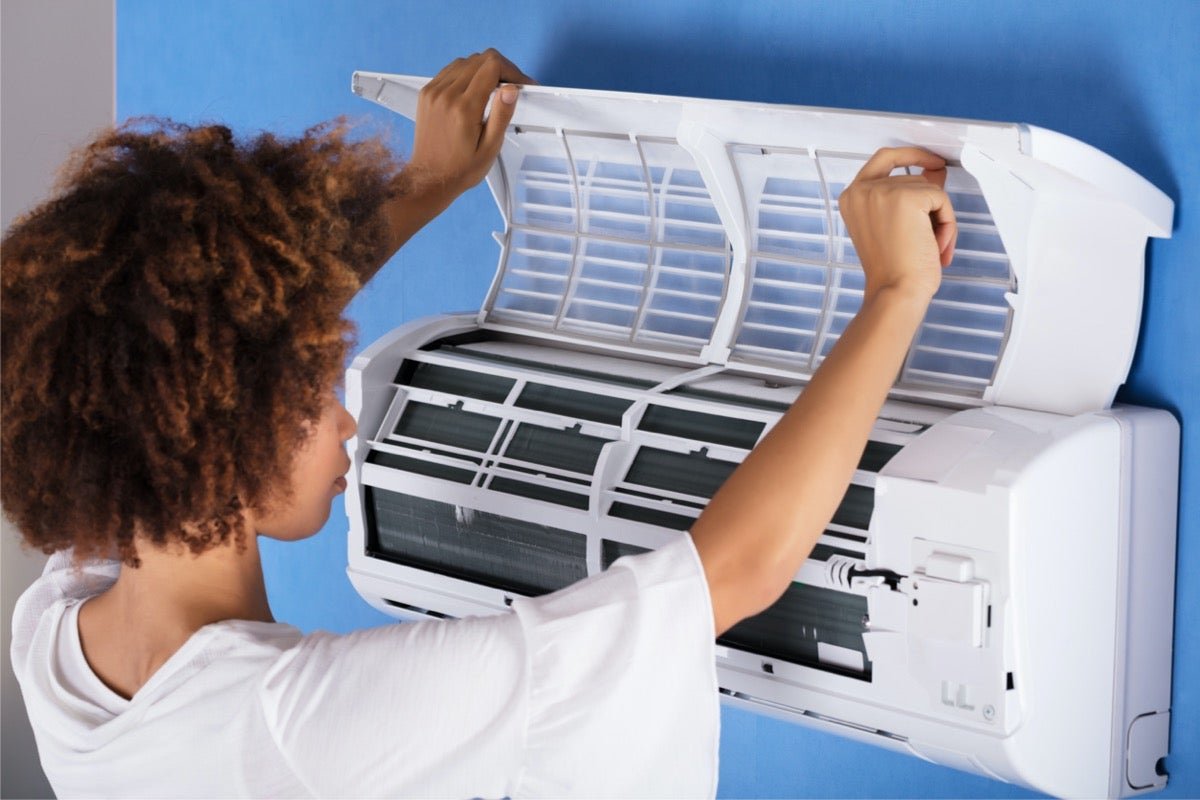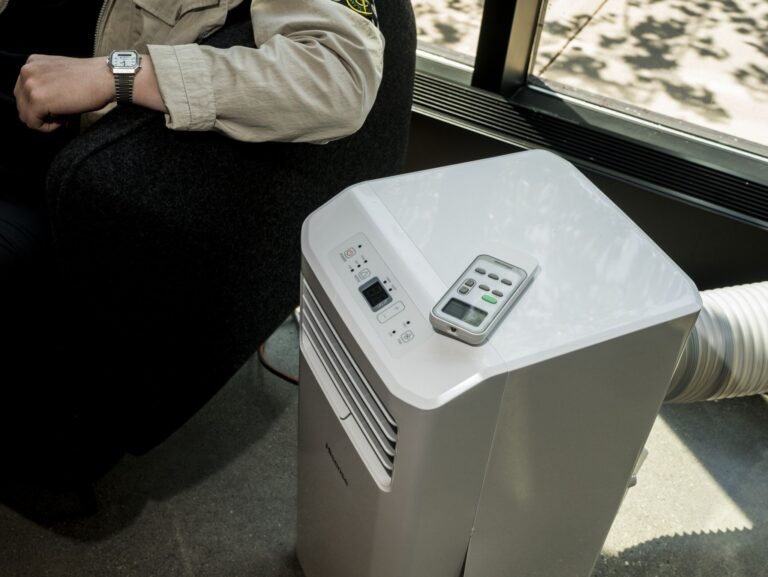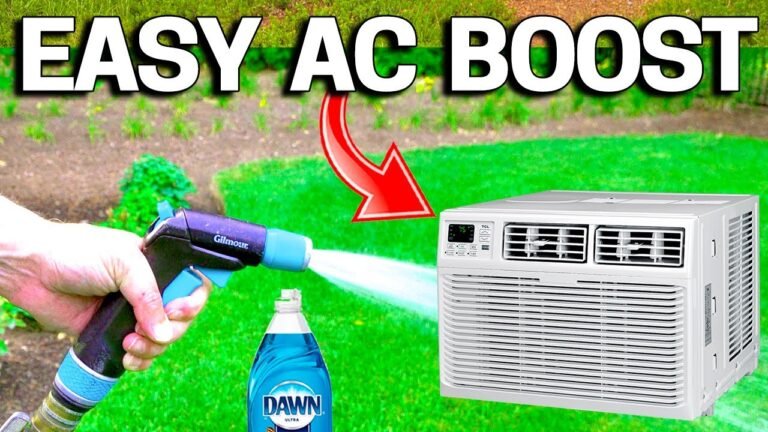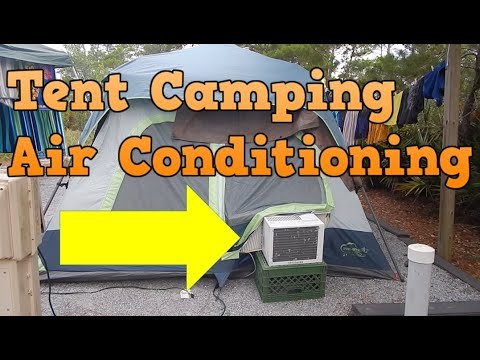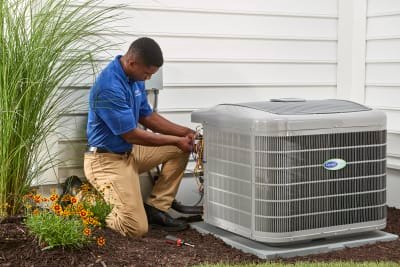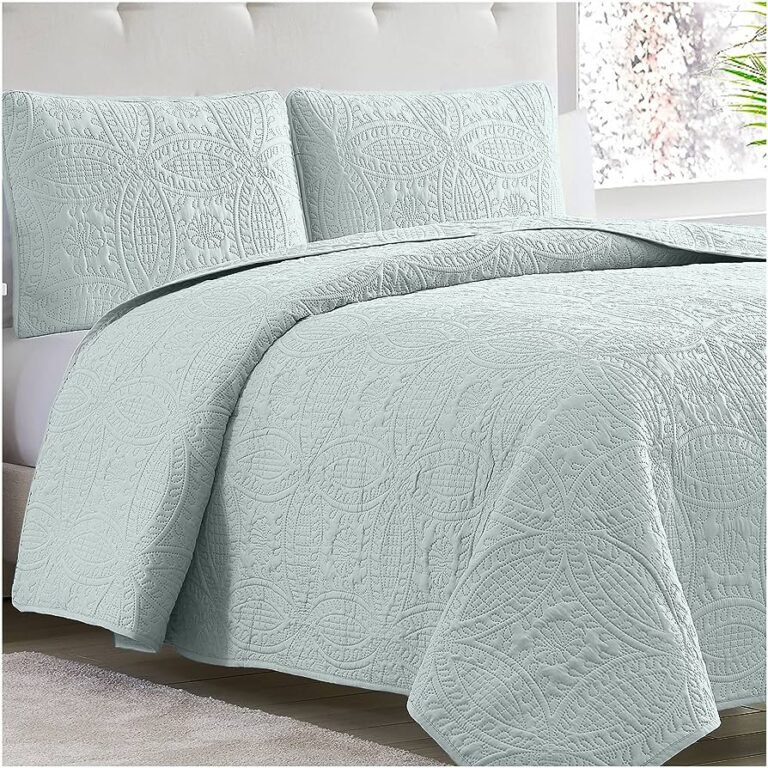Central Air Conditioning Not Blowing Cold Air: Quick Fixes for a Summer Cool Down
If your central air conditioning is not blowing cold air, it may be due to a refrigerant leak or a faulty compressor. In such cases, it is crucial to contact a professional HVAC technician to diagnose and fix the issue.
Common Causes For Lack Of Cold Air
Inadequate refrigerant levels, dirty air filters, and malfunctioning thermostats are all common reasons why central air conditioning units may not be blowing cold air.
Insufficient refrigerant levels can prevent the air conditioner from cooling effectively. This could be due to a leak in the refrigerant lines or an improper charge during installation. It is important to have a professional HVAC technician inspect and refill the refrigerant if necessary.
Dirty air filters can restrict airflow and reduce the cooling capacity of the system. Regularly changing or cleaning the filters is essential to maintain proper air flow and ensure the unit can circulate cool air throughout the space.
A malfunctioning thermostat can lead to inaccurate temperature readings, causing the air conditioner to not cool as expected. It may require recalibration or replacement to restore proper functioning.
Replenish Refrigerant Levels
The central air conditioning system is designed to cool your home efficiently and effectively. However, if you notice that it’s not blowing cold air, one possible cause could be low refrigerant levels. Low refrigerant levels can occur due to leaks or inadequate levels at the time of installation.
There are a few signs that can indicate low refrigerant levels. One sign is reduced cooling power, where your AC may not be able to cool your home as effectively as before. Another sign is longer cooling cycles, where your AC runs for extended periods of time to reach the desired temperature. Additionally, you may notice ice buildup on the refrigerant lines.
Replenishing refrigerant levels is essential to restore your AC’s cooling efficiency. However, it’s crucial to seek professional assistance for this task. A professional AC technician will be able to properly diagnose the issue and address any leaks before refilling the refrigerant. They have the expertise and equipment to handle refrigerants safely and efficiently. Attempting to replenish refrigerant on your own can be challenging and may result in further damage to the system.
Clean Or Replace Air Filters
When the central air conditioning system is not blowing cold air, it can be due to dirty or clogged air filters. Clean or replace the air filters on a regular basis as they play an important role in maintaining the efficiency and performance of the AC unit.
The importance of clean filters cannot be stressed enough. Dirty filters restrict airflow and cause strain on the system, leading to reduced cooling capacity and inefficient operation. Additionally, dirty filters can lead to poor indoor air quality, as they fail to effectively capture dust, pollen, and other particles.
To clean or replace air filters, start by locating the filter compartment. Remove the filter and inspect it for dirt and debris. If it is clogged, clean it by gently vacuuming or rinsing it with water. Allow the filter to dry completely before reinstalling. If the filter is beyond cleaning, replace it with a new one.
The frequency of cleaning or replacement depends on various factors, including the type of filter, the level of contaminants in the air, and the manufacturer’s recommendations. Generally, it is advisable to clean or replace filters every 1 to 3 months for optimal performance and energy efficiency.
Check And Calibrate Thermostat
Is your central air conditioning system not blowing cold air? One of the first things to check is your thermostat. The thermostat plays a crucial role in controlling the temperature of your home. It is essential to ensure that your thermostat is accurately calibrated.
To check and calibrate your thermostat, start by verifying that it is set to the cooling mode and the desired temperature is lower than the current room temperature. Next, remove the thermostat cover and gently clean any dust or debris that may have accumulated. Use a level to make sure the thermostat is straight and properly aligned. If your thermostat has a calibration setting, you can adjust it to improve accuracy. Remember to refer to the manufacturer’s instructions for specific directions.
Accurate thermostat settings are important for maintaining a comfortable indoor environment and optimizing energy efficiency. If your thermostat is outdated or lacks advanced features, you might consider upgrading to a programmable or smart thermostat. These devices offer enhanced temperature control capabilities and allow you to create schedules, saving energy when you are away from home.
| Steps to Check and Calibrate Thermostat | Considerations for Upgrading Thermostat |
|---|---|
| Clean thermostat and remove any debris | Choose between programmable or smart thermostat |
| Verify thermostat is set to cooling mode | Research energy-saving features |
| Ensure desired temperature is lower than room temperature | Check compatibility with your HVAC system |
| Level the thermostat for proper alignment | Consider professional installation for complex systems |
| Adjust thermostat calibration if necessary | Consult manufacturer’s instructions |
Regular System Cleaning
Regular System Cleaning
The regular cleaning of your central air conditioning system is essential for its optimal performance. By keeping the system clean, you can ensure that it continues to blow cold air efficiently. Regular cleaning helps prevent the build-up of dirt, dust, and debris in the system, which can block air flow and reduce its cooling capacity.
Importance of Regular Cleaning
Regular cleaning of your air conditioning system helps maintain its efficiency and extends its lifespan. When the system is dirty, the accumulation of debris can hinder the airflow, causing the unit to work harder than necessary. This not only leads to decreased cooling performance, but it also increases energy consumption and puts strain on the system’s components.
DIY Tips for Cleaning the System
To clean your central air conditioning system, start by turning off the power to the unit. Remove any debris from the outdoor condenser unit and trim nearby vegetation to ensure proper airflow. Clean or replace the air filters regularly to maintain proper airflow and prevent dust from entering the system. You can also clean the evaporator coil using a gentle cleaning solution. Refer to your system’s manual for specific cleaning instructions.
Professional Cleaning Options
If you’re not comfortable performing the cleaning yourself or want a more thorough cleaning, consider hiring a professional HVAC technician. They have the expertise and specialized tools to clean the entire system, including the condenser coils, blower motor, and other components. Professional cleaning can ensure that your central air conditioning system operates at its peak performance and blows cold air efficiently.

Credit: www.icsny.com
Scheduled Service And Tune-ups
htmlRegular scheduled service and tune-ups for your central air conditioning system can greatly benefit its performance and longevity. By ensuring that your system receives the necessary maintenance, you can prevent potential issues and keep it running efficiently.
Regular maintenance helps to identify and address problems before they become major issues. It allows technicians to clean or replace dirty filters, check and adjust refrigerant levels, inspect electrical connections, and lubricate moving parts, thus ensuring optimal performance. By keeping your air conditioning system in top shape, you can maximize its energy efficiency and reduce the risk of breakdowns during hot summer months.
The frequency of tune-ups for your central air conditioning system may vary, but it is generally recommended to have it serviced at least once a year. However, if your system is older or experiences heavy usage, it may benefit from bi-annual tune-ups to ensure its continuous operation.
| Tasks | Benefits |
|---|---|
| Cleaning or replacing air filters | Improves indoor air quality and system efficiency |
| Checking and adjusting refrigerant levels | Optimizes cooling performance and prevents system damage |
| Inspecting electrical connections | Ensures safe and reliable operation |
| Lubricating moving parts | Reduces friction and wear, enhancing system lifespan |
Proper Insulation And Airflow
The proper insulation and airflow are essential factors in ensuring that your central air conditioning system is blowing cold air. Proper insulation plays a significant role in keeping the cool air from escaping, allowing your AC to effectively cool your home. It prevents air leaks and helps maintain a consistent temperature. You can improve insulation by insulating ductwork, which involves identifying and sealing any leaks or gaps in the ducts. This will prevent cool air from seeping out before reaching the rooms.
Another crucial aspect is maintaining optimal airflow. This involves checking and cleaning the air filters regularly to ensure smooth airflow. Clogged filters hinder the system’s efficiency and ability to deliver cold air. Additionally, keeping the vents and registers unobstructed ensures proper airflow throughout your home.
Frequently Asked Questions For Central Air Conditioning Not Blowing Cold Air
Why Is My Central Air Conditioning Not Blowing Cold Air?
If your central air conditioning is not blowing cold air, it could be due to a variety of reasons. Some common causes include a dirty air filter, low refrigerant levels, a malfunctioning compressor, or a faulty thermostat. It is best to contact a certified HVAC technician to diagnose and fix the problem.
What Should I Do If My Central Air Conditioner Is Not Cooling The House?
If your central air conditioner is not cooling your house, there are a few troubleshooting steps you can take. Start by checking the thermostat settings and making sure it is set to cool mode and the desired temperature. Next, inspect the air filters and clean or replace them if necessary.
If the problem persists, it is recommended to contact a professional HVAC technician for further assistance.
How Often Should I Change The Air Filters In My Central Air Conditioning System?
To ensure optimal performance and energy efficiency of your central air conditioning system, it is recommended to change the air filters every 1 to 3 months. However, the frequency may vary depending on factors such as air quality, usage, and the presence of pets in the house.
Regularly changing the air filters will improve the air quality and extend the lifespan of your system.
Conclusion
Troubleshooting your central air conditioning system not blowing cold air can be a frustrating experience. However, by following these troubleshooting tips and contacting a professional technician if needed, you can quickly identify and fix the problem. Remember to regularly maintain your system to prevent future issues.
Stay cool and enjoy comfortable indoor temperatures all year round.

